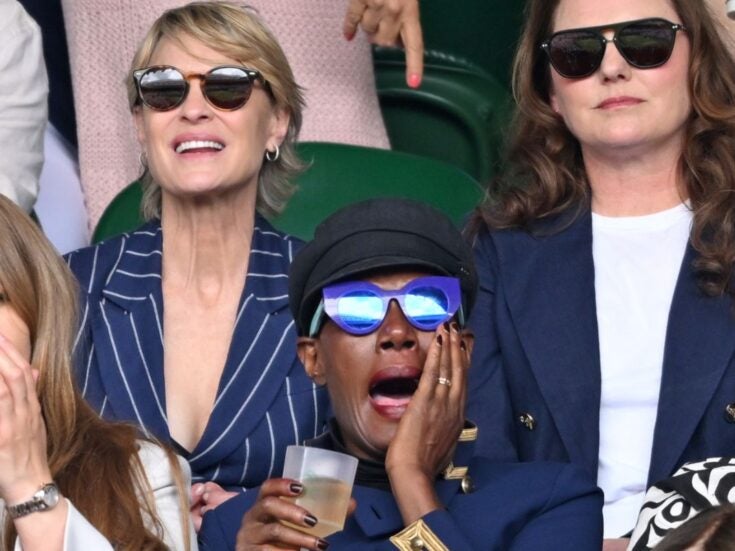The National Funding Scheme is aiming to capture people at ‘the moment of maximum emotion’, when they’ve just left a thrilling performance or an inspiring exhibition, and allow them to easily convert that emotion into a donation
There was an interesting twist to the Budget this morning. Last week we wrote how there was nothing in the Budget for philanthropy except a review of simplifying Gift Aid, and today a scheme called Donate was launched which… will simplify Gift Aid.
The complexities of Gift Aid, which provides tax relief to the donor and some extra money for the charity after a donation, are preventing charities from claiming millions of pounds from the government. In fact, an MP said in January this year that £750 million annually is left unclaimed. (The Arts Council’s budget, for the sake of comparison, is £350 million.)
With Donate, which provides one portal for you to give money to arts and heritage organisations through SMS, an app, touch and QR, you can input your Gift Aid details once; Donate will then ensure that the Gift Aid is given to charities each time you donate through the scheme. It also keeps a record of your donations for your tax return, so you get the benefit too.
Read more on philanthropy from Spear’s
Currently, most small donations to arts organisations come through coins and notes dropped into perspex boxes in foyers, but this means that the charity can’t reclaim all of the Gift Aid it’s entitled to. Knowing the identity of the donor will change that.
GIFT AID IS only one facet. The National Funding Scheme, as it’s officially known, is aiming to capture people at ‘the moment of maximum emotion’, as interim chairman Robert Dufton told me, when they’ve just left a thrilling performance or an inspiring exhibition, and allow them to easily convert that emotion into a donation.
William Makower, the philanthropist and technologist who came up with Donate, said that he wouldn’t make any predictions for how much money it would raise; each charity instead had its own target.
The partner organisations – eleven at the moment, but many more by the end of the year, it is hoped – see considerable benefit in accumulating all of these smaller individual donations, the Southbank Centre’s development director, Rebecca Preston, told Spear’s.
For example, the Southbank Centre is trying to raise the remaining £150,000 for the refurbishment of the Royal Festival Hall’s organ. (£2.15 million has already been raised.) Preston hoped that an increased ease of giving would inspire visitors to contribute more; all of these smaller sums, plus Gift Aid, might soon amount to what was needed.
There are currently eleven partners, from the V&A and the National Trust to the Octagon Theatre in Bolton. Each will be asking for money for a specific aim in the belief that people will be more inclined to give if they can see exactly what they’re giving to.
DONATE HAS HAD vocal support from the government, Robert Dufton said – but only vocal. They had sought no government money, nor was there any on offer, instead relying on foundations such as the Ruddock, Paul Hamlyn and Garfield Weston foundations, as well as Nesta. This is in line with social enterprises trying to become self-sustaining, rather than using precarious grants.
Read more on philanthropy from Spear’s
Don’t miss out on the best of Spear’s articles – sign up to the Spear’s weekly newsletter
[related_companies]





